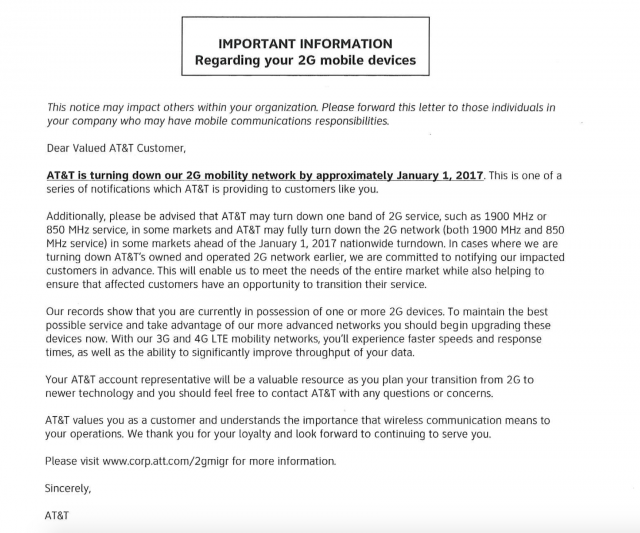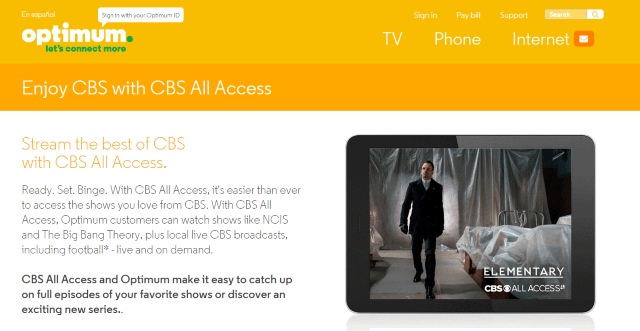 NBCUniversal has discovered fewer viewers than ever care about live, linear television. Fewer still cared about Esquire Network, the studio’s male-targeted cable network you probably never watched.
NBCUniversal has discovered fewer viewers than ever care about live, linear television. Fewer still cared about Esquire Network, the studio’s male-targeted cable network you probably never watched.
The cable channel will go dark on your cable lineup for good this spring, according to Advertising Age, and move to the internet on Esquire.com.
Esquire Network launched as a partnership between NBCUniversal and Hearst Magazines, and took over the channel space formerly occupied by the Style network in September 2013. Esquire was supposed to reach young rich guys, among the most difficult audiences to reach. Esquire had an extremely low chance of succeeding, if only because young men in their 20s and early 30s are among the least likely to subscribe to cable television. Men in this age group are also notoriously intolerant of live commercial-laden television, and would be unlikely to treat Esquire’s original shows as worthy of appointment viewing.

Can America live without cable carriage of shows like “Knife Fight?” Apparently so.
Although Esquire Network turned in much better ratings than its predecessor Style, which couldn’t draw flies to a horse barn, NBCUniversal decided to pull the plug anyway after the network averaged only 141,000 primetime viewers nationwide, many outside of the age range advertisers wanted to reach. In 2016, every cable subscriber with Esquire Network paid a portion of their cable bill to keep the network on the lineup, even though it scored less than one-tenth of a single ratings point among adults 18-49 years old. Viewers had as much chance landing on the network by sitting on their remote controls by accident as intentionally selecting the channel. Other channels sharing space in Esquire’s ratings basement include never-heard-of Pop, Reelz, and Destination America.
For the tens of viewers that cannot miss Esquire’s original shows, including “Edgehill,” an investigative series about a 1998 unsolved murder of a Yale undergrad, no worries — it and other shows including “Borderland USA,” “Knife Fight,” “Brew Dogs,” and “Best Bars in America” will be ready and waiting for on-demand viewing on its website, where it may actually attract a larger audience.
The cable TV lineup comes at an ever-increasing cost for subscribers, and low-rated cable networks that force their way on the dial in bundles with more popular cable networks are partly responsible for the cord-cutting trend. Many customers are finding they can live fine without hundreds of cable channels they pay for and never watch, and as cancellations continue to grow, some studios admit it may be time to slim down the cable package and move low-rated cable channels to on-demand, online viewing instead.


 Subscribe
Subscribe

 The most notable phone that no longer has access to AT&T’s network is the original Apple iPhone, first released ten years ago. It will still work on Wi-Fi, but mobile data over AT&T’s network no longer functions.
The most notable phone that no longer has access to AT&T’s network is the original Apple iPhone, first released ten years ago. It will still work on Wi-Fi, but mobile data over AT&T’s network no longer functions.
 McAdam originally planned to use Verizon’s acquisition of Yahoo! as a way to broaden the phone company’s content library, but that yet-to-be-finished deal has been in turbulence since media reports exposed major security breaches of Yahoo’s e-mail and portal sites.
McAdam originally planned to use Verizon’s acquisition of Yahoo! as a way to broaden the phone company’s content library, but that yet-to-be-finished deal has been in turbulence since media reports exposed major security breaches of Yahoo’s e-mail and portal sites.


